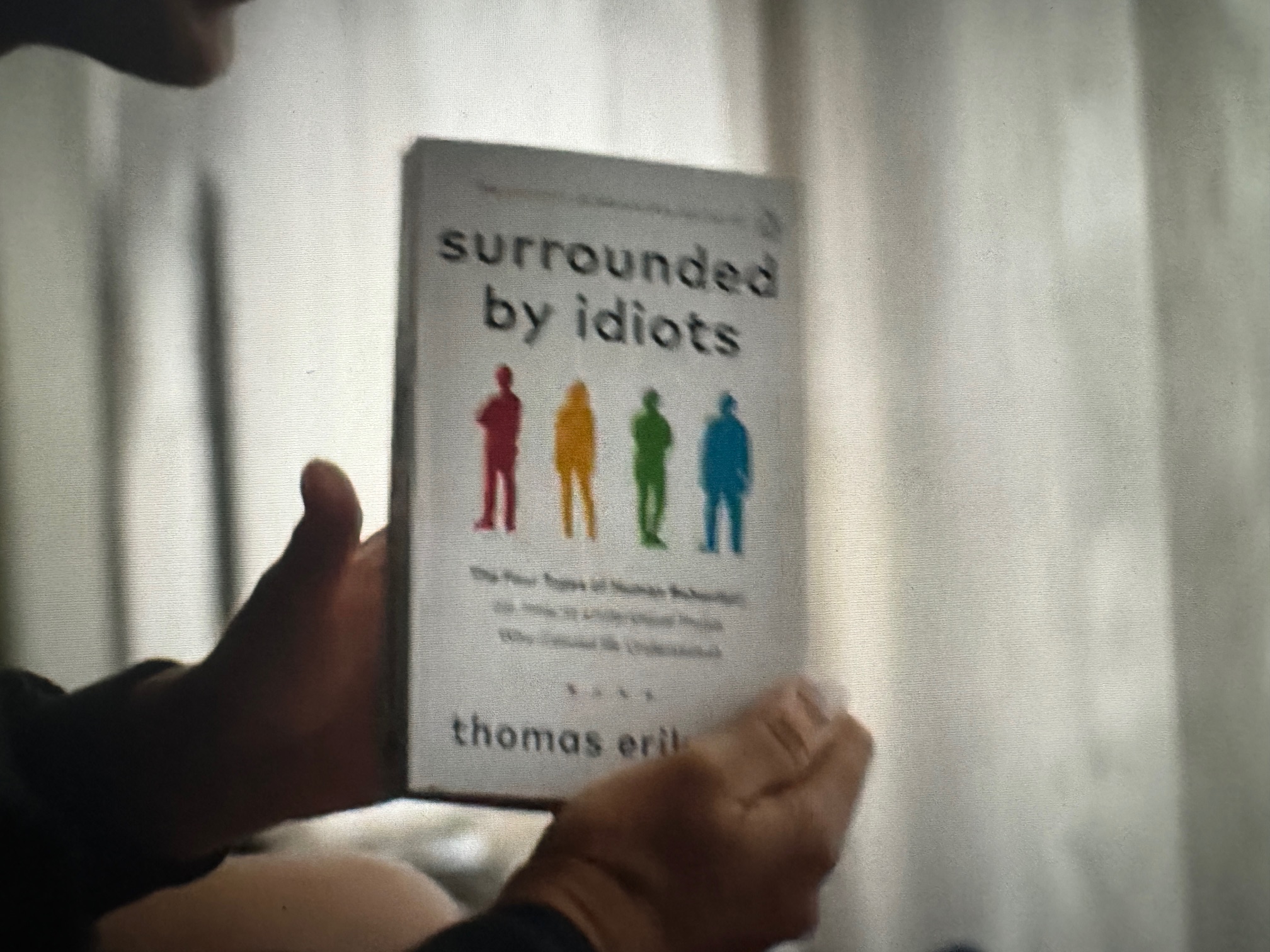The Australian tennis player Ken Rosewall is one of the most accomplished and enduring players in tennis history. He possessed tremendous versatility on the court and was said to play as if unforced errors were punishable by death. Rosewall was small in stature, and the other Australians called him “Muscles” because he didn’t have any. Nevertheless, he ultimately won eight Grand Slam titles. That total certainly would have been more had he not become a contract professional who was banned from Grand Slam competition before the Open era of tennis.
‘Muscles: The story of Ken Rosewall, Australia’s little master of the courts’ is a biography of the tennis legend first published in 2012. Author Richard Naughton traces the entirety of Rosewall’s tennis career in a meticulously detailed account that starts with his rise to prominence in Australian tennis while he was still a teen and culminates with a professional career on the ATP tour. The historic events are interspersed with first-hand accounts and observations directly from Rosewall.
While I found the early chapters in the book to be fairly tedious, the narrative picked up steam as Rosewall transitioned from amateur tennis to becoming a successful contract professional and then ultimately through to the Open era. Through reading this book, I came to realize that the timeline for the transition to Open tennis was much lengthier and filled with gyrations than my previous perception.
Rosewall is the perfect lens through which to view the transition, as he was both a prominent player and in positions of leadership throughout that era. The book also lays out an effective case for why Open tennis was inevitable, as public interest in amateur tennis was so low that tournaments were unprofitable with extremely low attendance. The narrative of those years was more detailed and effective than any other source I have previously encountered.
‘Muscles’ describes those pre-Open transition years as a “formless distinction” where registered players were allowed to compete in Open events for prize money but were somehow not categorized as professionals. The registered players were eligible for Davis Cup play, while ‘contract’ professionals were banned from that event. The book reveals that Rosewall suspected that the arrangement was pushed by the USLTA, which gained a significant competitive advantage in the International Cup competition by keeping the best Australian players out of the mix.
Harry Hopman is also covered in the book due to his role as the Australian player development program coach during Rosewall’s amateur career. While the book ‘Muscles‘ hits the usual storylines about Hopman, it additionally includes some perspectives that are not all positive. For example, it was believed that the great coach occasionally overtrained Rosewall, leading to some match losses due to fatigue. Hopman was also said to be strongly against Open Tennis, which influenced the Australian National Association to take the same stance.
From a cross-historical perspective, Rosewall provides a player’s first-hand account of Jimmy Van Alen’s innovative approaches to tennis scoring. Rosewall played in three tournaments at the Newport Casino and complained that the rules were different every year. ‘Muscles‘ taught me that there were many more events using VASSS than I previously understood.
‘Muscles: The Story of Ken Rosewall, Australia’s little master of the courts,’ offers a comprehensive and enlightening journey through the life and career of the iconic tennis legend. Author Richard Naughton’s meticulous detailing, coupled with Rosewall’s firsthand accounts, provides a nuanced perspective on the evolution of tennis, particularly the intricate transition to the Open era. This biography not only sheds light on Rosewall’s remarkable achievements but also unveils the complexities of the tennis landscape during a pivotal period. I highly recommend this book for tennis history buffs or for anyone wanting to gain a unique perspective on the dawn of Open tennis.

Muscles: The story of Ken Rosewall, Australia’s little master of the courts (<-Sponsored Link)
Fiend At Court participates in the Amazon associates program and receives a paid commission on any purchases made via the links in this article. Details on the disposition of proceeds are available on the “About Fiend at Court” page.



